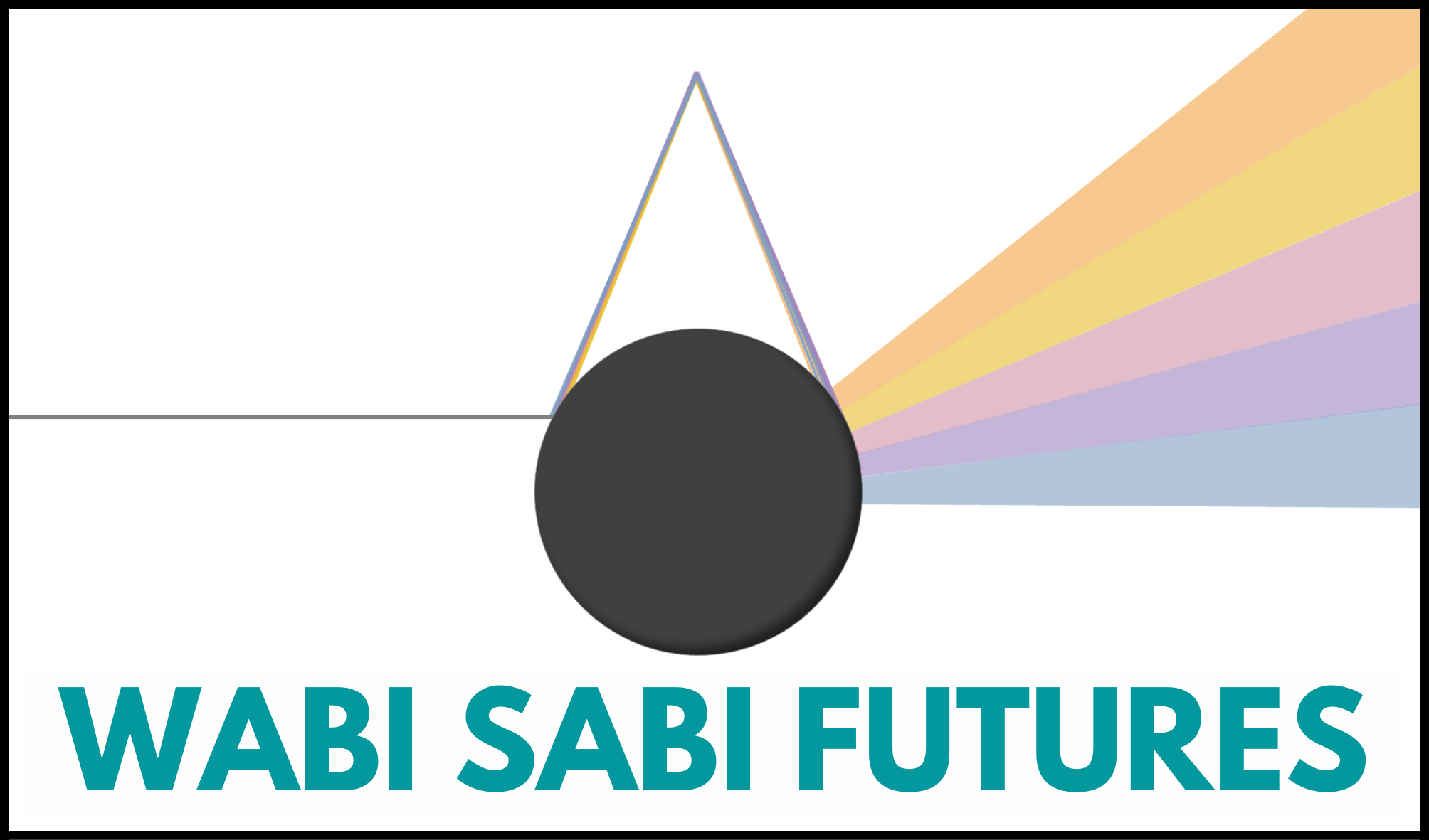When I meet new people, inevitably they ask what I do.
If I tell them I’m a strategic foresight practitioner, I’m giving a fairly accurate answer, but using language that doesn’t mean much to most people.
Foresight is a broad field that includes a diversity of people, philosophies, and approaches. When you start down this rabbit hole you find there are loads of applications, abstraction, and methods that can take a long time to wrap your head around.
I find this a rather attractive and rewarding aspect of the work, but most folk hearing about foresight for the first time don’t have the time or energy for all that nuance and complication.
Over the years I’ve had a lot of opportunity to practice explaining what foresight is and what I do to people who are bumping into these ideas for the first time.
So when I tell someone I’m a futurist or foresight practitioner and get that blank look in return, this is how I explain what I do.
Past dynamics + weak signals = potential futures
Most folk are familiar with the idea of looking at trends and making forecasts. So this is where we start.
I tell them foresight is less about making accurate predictions and forecasts, and instead about looking at what is in motion and consider what different futures could come about.
Foresight seeks to expand our thinking and possibilities, while forecasting is about getting very narrow and specific.
Foresight looks at the dynamics of the past, notices weak signals of change in the present, and expands these to consider what futures might emerge.
Futures not ‘the future’
In line with this expanding of our thinking and possibilities, foresight works in plurals.
I help people transition from focusing just on ‘the future’ we believe is likely and start to work with multiple potential futures to expand potential and create resilience.
Impacts & implications
Instead of looking at trends in isolation and moving in one direction, foresight pays attention to connections, collisions, and relationships.
Nothing happens in isolation, so we consider how a shift in one space might ripple out to influence others.
Think about the unthinkable
When times are challenging and complex, it can be tempting to stick our heads in the sand.
Foresight creates space for us to safely explore unthinkable futures, and how we can take action today to avert them or prepare for them.
This is rather important, because the unthinkable happens more often than we’d like.
Get comfortable with not knowing
Many of us spend a lot of our time in roles where we feel we need to be experts, to have answers ready, and to know what’s going on and what comes next.
No matter how skilled and expert we become, there is always more that we can’t know than what we do. Foresight is a practice that helps us get comfortable with not knowing, and become more aware of and responsive to the unexpected.
Anchored to the present
Foresight is thinking about the future so that we can take considered action in the present.
Any foresight experience, whether it be playful, evocative, or strategic, needs to connect back to who we are today and the choices and actions (or non-actions) we take today.
After all, we each have a hand in shaping what comes next.

